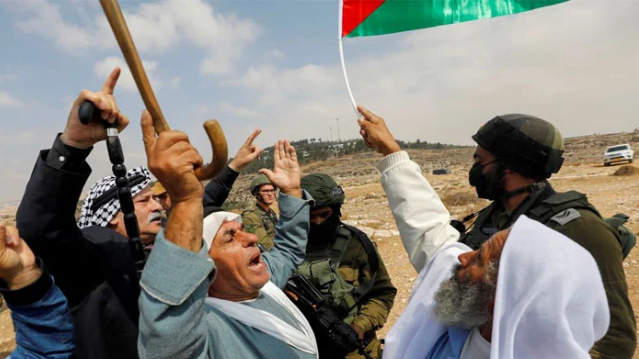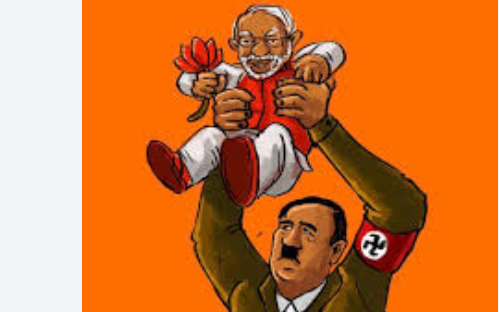
GENEVA: Only a trickle of humanitarian aid is being allowed to enter besieged Gaza as Israel forces press on with their military campaign in response to Hamas’ deadly Oct. 7 attack on southern Israel.
UN agencies and the Red Cross have warned of a “humanitarian disaster” enveloping the tiny Hamas-controlled enclave of 2.3 million people, with shortages of food, fuel, drinking water and medicines worsening.
Israel, which in effect blockades Gaza, has rejected a ceasefire, saying Hamas would use it to regroup, but has permitted brief humanitarian “pauses”.
DISPLACEMENT
More than 1.5 million people in the Gaza Strip are estimated to be internally displaced, including nearly 800,000 people who are staying in at least 154 U.N. shelters, the U.N. humanitarian office (OCHA) says.
Israel’s military has called on civilians in north Gaza to evacuate to the south for their own safety via a so-called corridor. It says it will suspend military activities during fixed times to allow safe passage.
An estimated 200,000 have done so since Nov. 5, according to U.N. monitoring, raising concerns of overcrowding in the south.
HOSPITALS
Gaza’s main hospital, Al Shifa, is besieged by Israeli tanks. Israel says the hospital, in northern Gaza, is on top of tunnels housing a headquarters for Hamas fighters using patients as shields. Hamas denies this.
Gaza’s health ministry spokesperson, who was inside Al Shifa hospital, said on Monday 32 patients had died in the previous three days, including three newborns. Israel has said it is trying to coordinate incubator transfers to the site.
Some 600-650 inpatients, 200-500 staff, and 1,500 internally displaced persons are believed to remain at the hospital, OCHA said on Tuesday.
All but one of the hospitals in northern Gaza, which is the main focus of Israel’s military campaign, were “reportedly” out of service as of Monday because of a lack of power, bombardments and fighting nearby, OCHA said. Al Ahli Hospital in Gaza city was reported to be the sole medical facility able to receive patients, it said.
AID DELIVERIES
Aid is being delivered through the Rafah border crossing with Egypt, the only open border crossing, but just a fraction of pre-conflict deliveries are getting through. Since limited deliveries resumed on Oct. 21, just over 1,000 have entered, OCHA said.
An official with the U.N. Palestinian refugee agency (UNRWA) said on social media that it would not be able to receive aid coming through Rafah on Tuesday because its trucks had run out of fuel.
FOOD AND WATER
Shortages of food and water, even in the better-supplied south, have been worsening, with shopkeepers reporting empty shelves.
Since Nov. 7, no bakeries have been active, because of the lack of fuel, water and wheat flour, and due to structural damage, OCHA said. Philippe Lazzarini, commissioner-general of UNRWA, said about 39% of food needs were being met.
Two water distribution contractors in southern Gaza stopped operating on Nov. 13 because of the lack of fuel, leaving 200,000 people without access to drinking water, UNRWA said.
FUEL
The UNRWA fuel depot in Gaza has run dry, and in a few days the agency will no longer be able to resupply hospitals, remove sewage and provide drinking water, its chief said on Monday.
The entry of fuel remains banned by Israel which says it could be diverted to Hamas for military purposes. Reuters
Please visit our website London Institute of Peace Research for latest peace news


